Home>Garden Essentials>How To Plant Bitter Melon Seeds
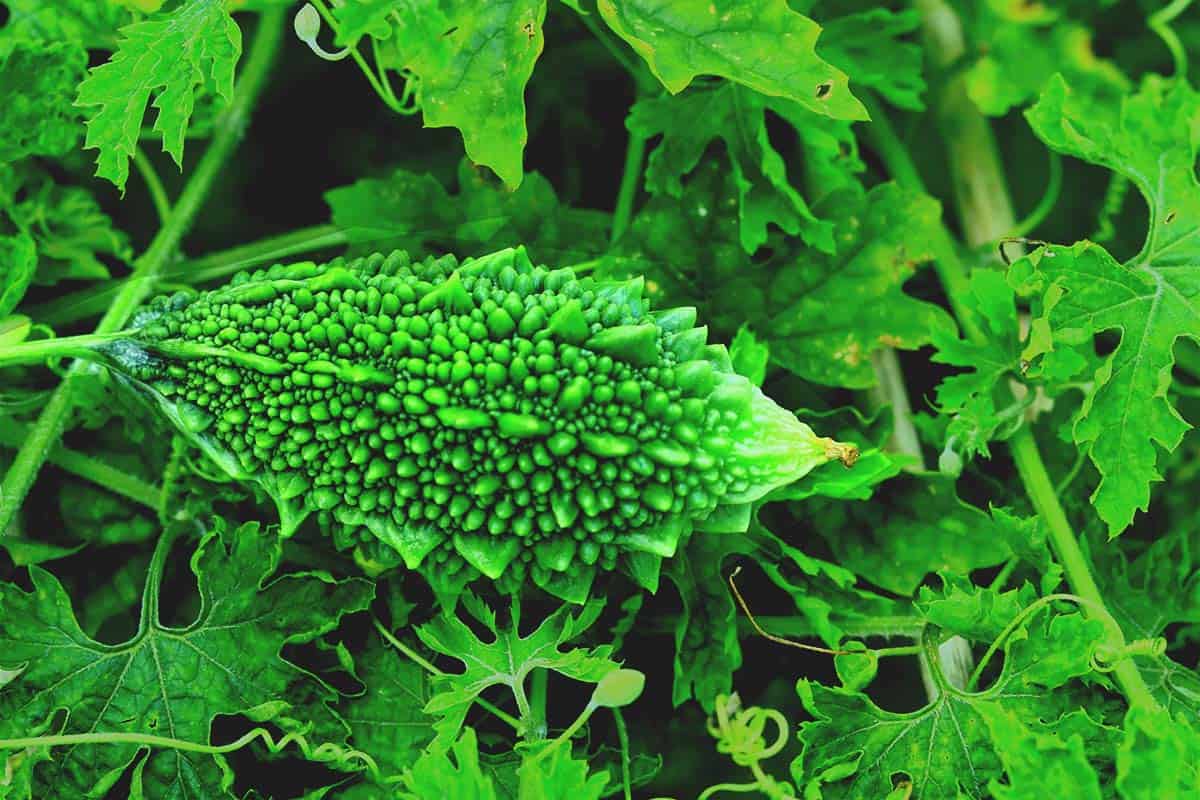

Garden Essentials
How To Plant Bitter Melon Seeds
Modified: May 6, 2024
Learn how to plant bitter melon seeds in your garden and enjoy a bountiful harvest. Expert tips and step-by-step instructions for growing this nutritious and delicious vegetable.
(Many of the links in this article redirect to a specific reviewed product. Your purchase of these products through affiliate links helps to generate commission for Storables.com, at no extra cost. Learn more)
Introduction
Welcome to the world of gardening, where you can cultivate your own little piece of paradise. If you’re looking to add a unique and nutritious vegetable to your garden, consider planting bitter melon seeds. Bitter melon, also known as bitter gourd or karela, is a tropical and subtropical vine that thrives in warm climates. Its distinctive bitter taste and bumpy appearance make it a favorite in many Asian cuisines.
In addition to its culinary uses, bitter melon is also known for its numerous health benefits. It is rich in vitamins, minerals, and antioxidants, making it an excellent addition to a balanced diet. From improving digestion to regulating blood sugar levels, bitter melon offers a wide range of advantages for your well-being.
Before you embark on your bitter melon growing journey, it’s important to understand the steps involved. In this article, we will guide you through the process of planting bitter melon seeds, from selecting the right seeds to harvesting the fruits of your labor.
So, grab your gardening tools and let’s get started!
Key Takeaways:
- Choose fresh, high-quality bitter melon seeds from reputable suppliers. Soak the seeds in warm water for 24 hours before planting to promote germination. Proper seed selection is the foundation for a successful bitter melon harvest.
- Create an optimal growing environment for bitter melon by preparing well-draining, nutrient-rich soil with the right pH level. Provide support for the vines to climb and spread, and implement pest and disease control measures to ensure healthy and productive plants.
Read more: How To Save Bitter Melon Seeds
Step 1: Selecting the Seeds
The first step in successfully growing bitter melon is selecting the right seeds. When choosing bitter melon seeds, it’s essential to consider the variety and source. Look for reputable seed suppliers or nurseries that specialize in tropical or Asian vegetables.
Bitter melon comes in different varieties, each with its own unique characteristics. Some popular varieties include Indian, Chinese, and Thai bitter melon. Consider your personal preferences and the specific culinary uses you have in mind when selecting your seeds.
When purchasing bitter melon seeds, pay attention to the expiration date. Fresh seeds have a higher germination rate and are more likely to yield healthy plants. It’s also a good idea to check reviews or ask fellow gardeners for recommendations to ensure the quality of the seeds.
Once you have your seeds, it’s time to prepare them for planting. Soak the seeds in warm water for 24 hours before sowing. This helps to soften the hard seed coat and promote germination. After soaking, allow the seeds to dry on a paper towel for a few hours. This will prevent them from sticking together when it’s time to plant.
Remember, selecting high-quality seeds is the foundation of a successful bitter melon harvest. Take the time to find the best seeds available, and you’ll be on your way to a thriving bitter melon garden.
Step 2: Preparing the Soil
Now that you have your bitter melon seeds ready, it’s time to prepare the soil for planting. Bitter melon plants prefer well-draining soil with a slightly acidic pH level between 6.0 and 6.5. Follow these steps to create the optimal growing environment for your bitter melon:
- Choose the right location: Bitter melon plants require ample sunlight, so find a spot in your garden that receives at least 6-8 hours of direct sunlight per day. Additionally, ensure that the chosen location is sheltered from strong winds, as bitter melon vines can be delicate.
- Clear the area: Remove any weeds, rocks, or other debris from the planting area. Bitter melon plants have a shallow root system, so it’s important to provide them with a clean space to grow and access nutrients.
- Improve soil fertility: Bitter melon plants thrive in nutrient-rich soil. Incorporate organic matter such as compost or well-rotted manure into the soil to improve its fertility. This will provide essential nutrients and promote healthy growth.
- Loosen the soil: Bitter melon plants prefer loose soil with good drainage. Use a garden fork or a tiller to loosen the soil to a depth of around 12 inches. This will help the roots penetrate easily and prevent waterlogging.
- Test soil pH: Use a soil testing kit to determine the pH level of your soil. If the pH is too acidic, you can add lime to raise it. If it’s too alkaline, you can add sulfur to lower it. Adjusting the pH level will ensure that your bitter melon plants can absorb nutrients efficiently.
Once the soil is prepared, you’re one step closer to planting your bitter melon seeds. Providing a suitable growing environment is crucial for the success of your garden, so take the time to properly prepare the soil.
Step 3: Sowing the Seeds
With the soil prepared, it’s time to sow your bitter melon seeds and start your journey towards a bountiful harvest. Follow these steps to ensure successful seed sowing:
- Timing: Bitter melon is a warm-season crop, so it’s important to sow the seeds after the danger of frost has passed and the soil temperature has reached around 70°F (21°C). Depending on your climate, this is usually in late spring or early summer.
- Spacing: Bitter melon vines can grow quite large, so make sure to provide adequate spacing between plants. Plant the seeds about 12-18 inches apart, allowing each vine plenty of room to spread and climb.
- Planting depth: Bitter melon seeds should be planted about 1 inch deep in the soil. Make a small hole with your finger or a garden tool, drop the seed into the hole, and cover it with soil. Gently pat the soil to ensure good seed-to-soil contact.
- Watering: After sowing the seeds, water the area thoroughly. This will help settle the soil and initiate the germination process. Be careful not to overwater, as excessive moisture can lead to rotting of the seeds. Maintain consistent moisture throughout the germination period.
- Optional trellis or support: Bitter melon vines are vigorous climbers and can grow quite long. Consider installing a trellis or providing other support for the vines to climb. This will help keep the plants upright, maximize space, and facilitate airflow, reducing the risk of disease.
Once the seeds are sown, it’s time to be patient and wait for the magic to happen. Bitter melon seeds usually germinate within 7-14 days, depending on the conditions. Be sure to monitor the soil moisture and provide sufficient sunlight for optimal growth.
Now that you’ve sown your seeds, it’s time to move on to the next step: watering and maintenance. Let’s keep nurturing those bitter melon plants!
Step 4: Watering and Maintenance
Proper watering and maintenance are essential for the health and growth of your bitter melon plants. Follow these guidelines to ensure optimal conditions:
- Watering: Bitter melon plants require regular watering, especially during periods of dry weather. Provide deep and thorough watering to promote deep root growth. Aim to keep the soil consistently moist, but not waterlogged. Avoid overhead watering, as it can lead to foliar diseases. Instead, water at the base of the plants using a drip irrigation system or a watering can with a spout.
- Mulching: Apply a layer of mulch around the base of the plants to help retain moisture, suppress weed growth, and regulate soil temperature. Organic mulch, such as straw or wood chips, works well for bitter melon plants.
- Fertilizing: Bitter melon plants benefit from regular feeding to ensure proper nutrition. Apply a balanced fertilizer, such as a 10-10-10 or 14-14-14 formula, every 4-6 weeks during the growing season. Follow the instructions on the fertilizer packaging for the correct application rates.
- Pruning: Bitter melon plants can grow vigorously and produce an abundance of vines. To promote airflow and reduce the risk of disease, consider pruning the plants. Remove any damaged or diseased leaves and trim back excessive growth. This will also help redirect the plant’s energy towards fruit production.
- Weeding: Regularly remove any weeds that may compete with your bitter melon plants for nutrients and resources. Weeds can also harbor pests and diseases, so keeping the garden bed free from them is important for the overall health of your plants.
- Support: As the bitter melon vine continues to grow, provide additional support by tying it to the trellis or other structures. This will prevent the vines from trailing on the ground and reduce the risk of damage or rotting.
By following these watering and maintenance practices, you can ensure that your bitter melon plants stay healthy and productive until harvest time. Next, we’ll explore the importance of providing support to help your vines thrive.
Plant bitter melon seeds in well-draining soil, 1 inch deep and 3 feet apart. Water regularly and provide a trellis for support as they grow.
Read more: How To Store Bitter Melon
Step 5: Providing Support
As your bitter melon vines grow, they will need support to climb and spread their tendrils. Providing the right support not only helps the plants stay upright but also maximizes space and facilitates proper airflow. Here are some tips for providing support to your bitter melon plants:
- Trellis system: Install a sturdy trellis system before your bitter melon vines start actively climbing. A trellis made of bamboo or wire mesh works well for supporting the long vines. Ensure the trellis is securely anchored in the ground to withstand the weight of the mature vines.
- Training the vines: As the vines grow, gently guide them towards the trellis using soft garden twine or plant ties. Be careful not to damage the vines during this process. Encourage the tendrils to wrap around the trellis, providing additional support for the plants.
- Pruning for support: Regularly prune the lateral branches and excess foliage to keep the vines focused on climbing the trellis. This helps prevent the vines from trailing on the ground, reducing the risk of damage and rotting.
- Check for stability: Periodically check the stability of the trellis. As the vines grow and produce fruits, the weight can strain the support system. Reinforce or adjust the trellis if necessary to prevent it from collapsing under the weight of the plants.
- Vertical gardening: If you have limited space or prefer a vertical gardening approach, consider using a wall or fence as support for your bitter melon vines. Attach trellis netting or wire against the structure to provide a climbing surface for the plants.
By providing adequate support, you allow your bitter melon vines to grow and spread while minimizing the risk of damage. The trellis not only helps with plant management but also adds an attractive vertical element to your garden.
Next, we’ll explore methods for controlling pests and diseases to keep your bitter melon plants healthy and thriving.
Step 6: Controlling Pests and Diseases
Like any other plant, bitter melon is susceptible to various pests and diseases. To protect your plants and ensure a healthy harvest, it’s important to implement effective pest and disease control measures. Here are some strategies to keep your bitter melon plants pest- and disease-free:
- Inspect regularly: Regularly inspect your plants for any signs of pests or diseases. Look for chewed leaves, holes, discoloration, or unusual spots on the foliage. Early detection allows for prompt action and prevents the issue from spreading.
- Natural predators: Encourage beneficial insects, such as ladybugs and lacewings, that feed on common pests like aphids and spider mites. Planting companion plants like marigolds or attracting birds can also help keep pest populations under control.
- Handpicking: If you notice any pests on your bitter melon plants, such as caterpillars or beetles, remove them manually by handpicking or using tweezers. Drop them into a bucket of soapy water to prevent them from returning.
- Organic pest control: Use organic pest control methods such as neem oil or insecticidal soap to combat common pests. These natural remedies are effective in controlling aphids, mealybugs, and other soft-bodied insects without harming beneficial insects or the environment.
- Proper sanitation: Maintain good garden hygiene by removing any fallen leaves, fruits, or debris around the plants. This reduces the chances of diseases, such as powdery mildew or leaf spot, from overwintering and spreading to healthy plants.
- Crop rotation: Avoid planting bitter melon in the same location year after year. Practice crop rotation to prevent the buildup of pests and diseases in the soil. Rotate bitter melon with other non-related vegetables to disrupt pest and disease cycles.
- Resistant varieties: Consider planting disease-resistant varieties of bitter melon to reduce the risk of plant infections. These varieties are specifically bred to have increased resistance to common diseases, providing added protection for your plants.
By implementing these pest and disease control strategies, you can protect your bitter melon plants and ensure their overall health and productivity. Now, let’s move on to the final step: harvesting your bitter melon fruits!
Step 7: Harvesting Bitter Melon
After patiently tending to your bitter melon plants, it’s time to reap the fruits of your labor. Harvesting bitter melon at the right time ensures optimal flavor and texture. Here’s how you can determine when to harvest your bitter melon:
- Size and color: Bitter melon fruits should reach a size of 4-6 inches (10-15 cm) in length, depending on the variety. The color of the skin will change from green to a vibrant yellow, orange, or red, depending on the specific variety. Wait until the fruits achieve the desired size and color before harvest.
- Texture: Gently press the skin of the bitter melon. Ripe fruits will have a slightly firm texture, indicating that they are ready to be picked. Avoid harvesting overly soft or mushy bitter melon, as they may be overripe and bitter in taste.
- Cutting the fruit: Use a sharp knife or garden shears to cut the bitter melon fruit from the vine. Leave a short stem attached to the fruit to help prolong its shelf life.
- Don’t rush: If some fruits are not fully matured yet, leave them on the vine for a few more days to ripen further. It’s better to harvest bitter melon in multiple stages as they reach maturity rather than picking them all at once.
Once you have harvested your bitter melon, it’s important to properly store them for extended freshness. Store the fruits in a cool, dry place, such as a refrigerator, for up to one week. Consume them as soon as possible for the best flavor and nutritional value.
Remember, bitter melon is known for its bitter taste; however, there are various ways to prepare it that can minimize the bitterness and enhance its flavor. Explore different cooking methods, such as stir-frying, steaming, or adding it to curries, to enjoy the unique taste and health benefits of bitter melon.
Congratulations, you have successfully completed all the steps from selecting the seeds to harvesting your bitter melon. Enjoy the fruits of your labor and share the joy of growing your own nutritious vegetables!
Finally, if you want to plant more bitter melon in the future, remember to save some seeds for the next growing season and consider sharing your knowledge and experience with other gardeners.
Conclusion
Congratulations! You’ve reached the end of this comprehensive guide on planting bitter melon seeds. By following the steps outlined in this article, you now have the knowledge and skills to cultivate your own thriving bitter melon garden.
From selecting the right seeds to providing support, watering, and controlling pests and diseases, each step plays a crucial role in the success of your bitter melon plants. By carefully nurturing your plants, you can enjoy a bountiful harvest of fresh and nutritious bitter melon fruits.
Remember, gardening is not only a rewarding activity, but it also offers numerous health benefits. Bitter melon, with its unique flavor and abundance of nutrients and antioxidants, is a wonderful addition to your diet. Whether you enjoy it in stir-fries, curries, or other dishes, bitter melon can add a tasty and nutritious twist to your culinary adventures.
As you embark on your bitter melon growing journey, don’t forget to stay curious and continue learning. Experiment with different varieties, planting techniques, and recipes to expand your gardening expertise and taste buds.
Gardening is also a wonderful opportunity to connect with nature, reduce stress, and contribute to a more sustainable lifestyle. So, embrace the joys of gardening, and let the magic of bitter melon brighten your garden and your plate!
Happy gardening and bon appétit!
Now that you've mastered planting bitter melon, why not spruce up your garden's boundaries with some creative ideas? Our article on garden fence ideas offers a variety of styles to enhance your outdoor space's charm and functionality. If you're curious about how quickly your new seeds will sprout, our detailed guide on seed germination times will shed light on what to expect during those exciting early days of growth. Both pieces are packed with useful insights to help you cultivate a thriving garden.
Frequently Asked Questions about How To Plant Bitter Melon Seeds
Was this page helpful?
At Storables.com, we guarantee accurate and reliable information. Our content, validated by Expert Board Contributors, is crafted following stringent Editorial Policies. We're committed to providing you with well-researched, expert-backed insights for all your informational needs.
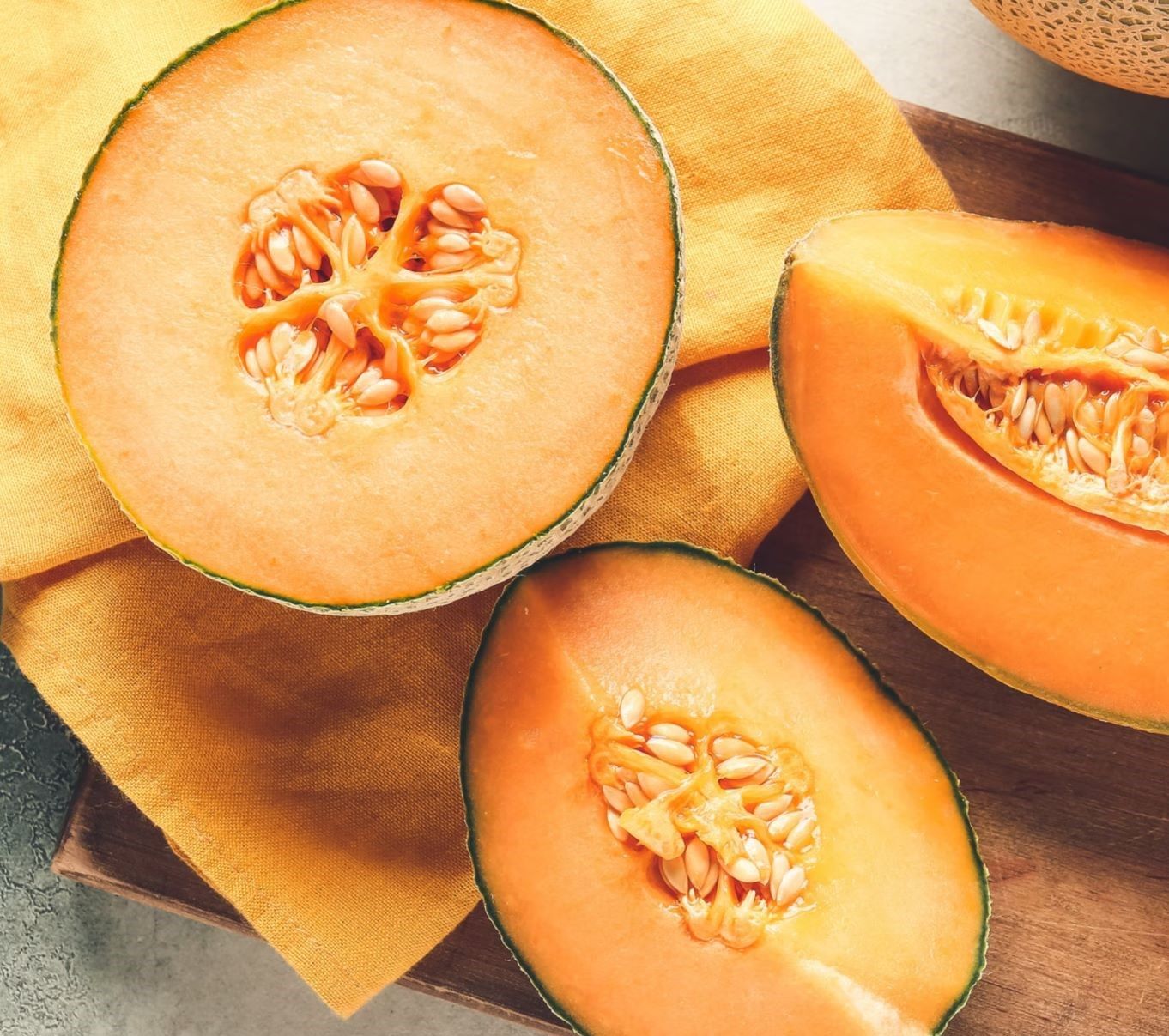
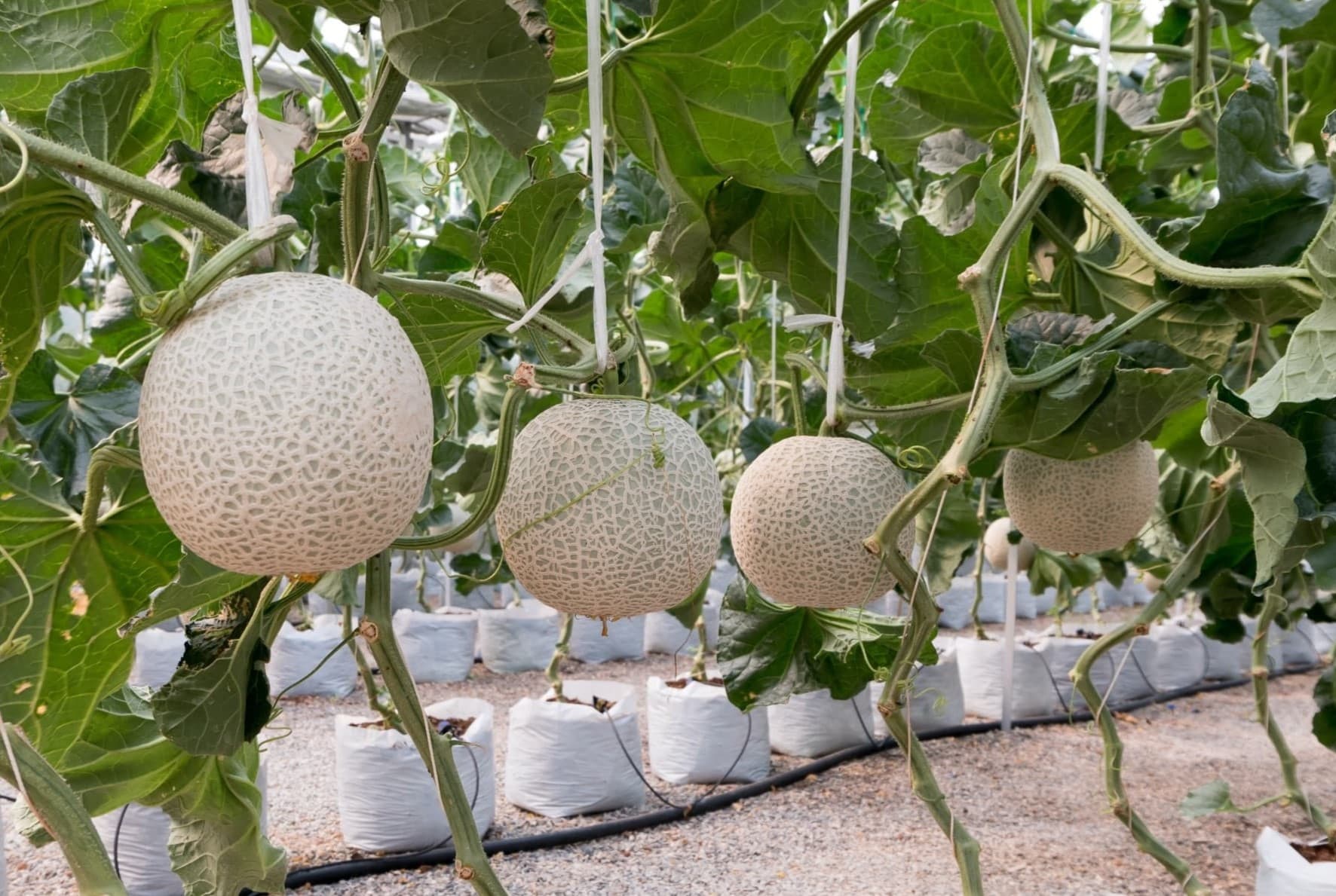
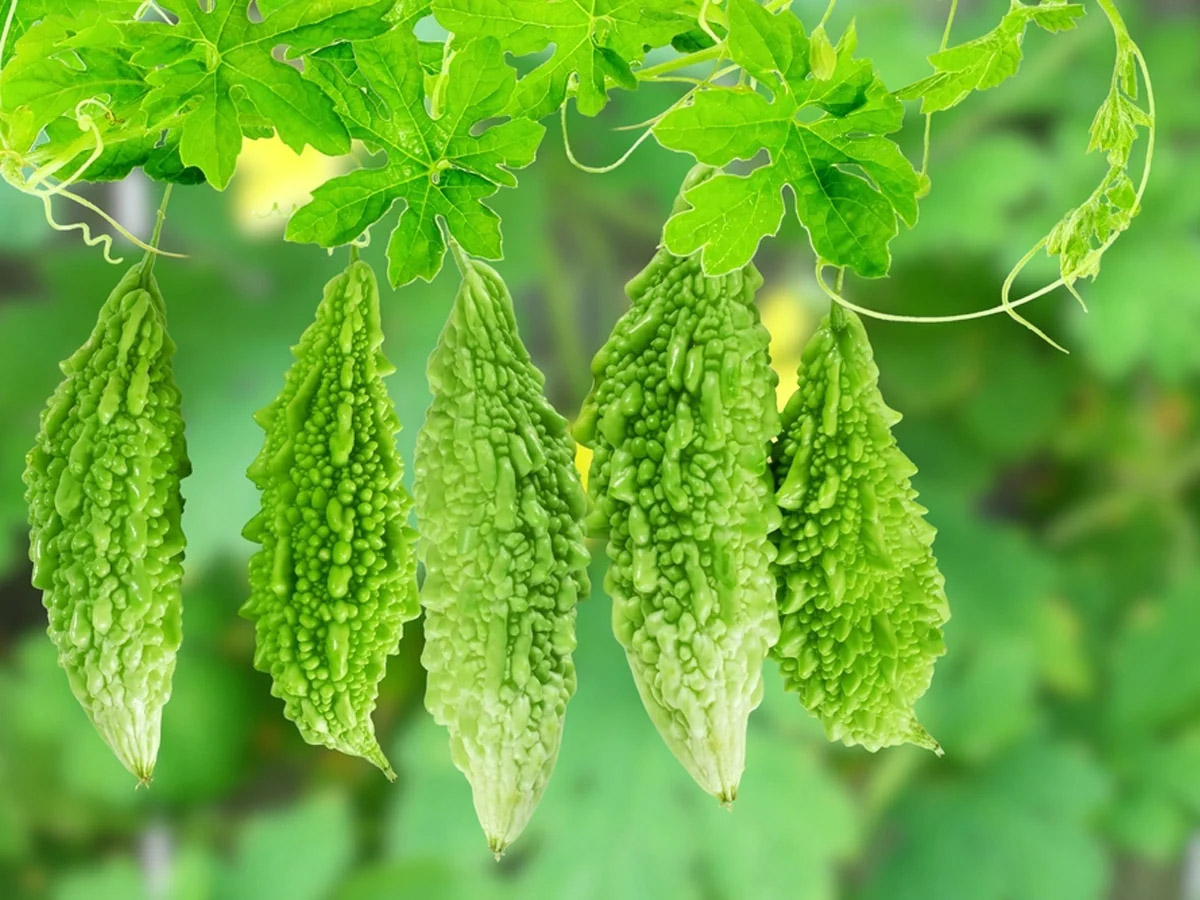
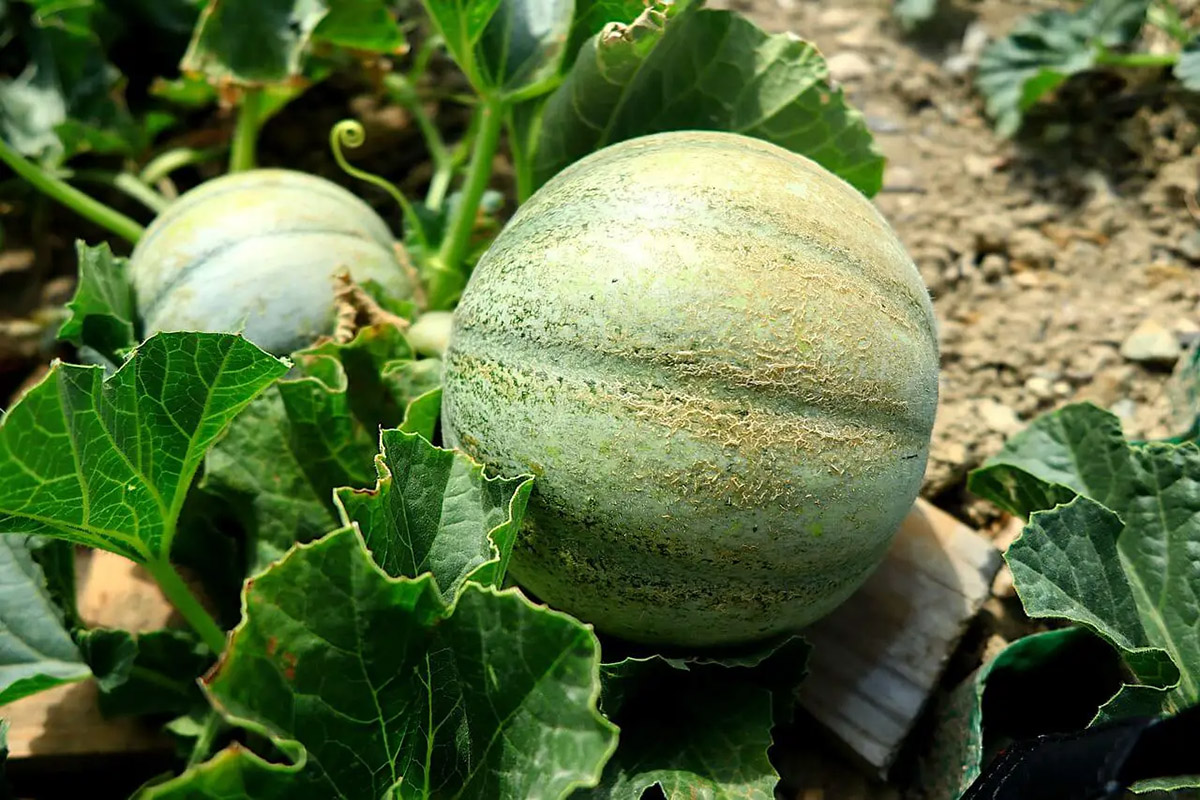
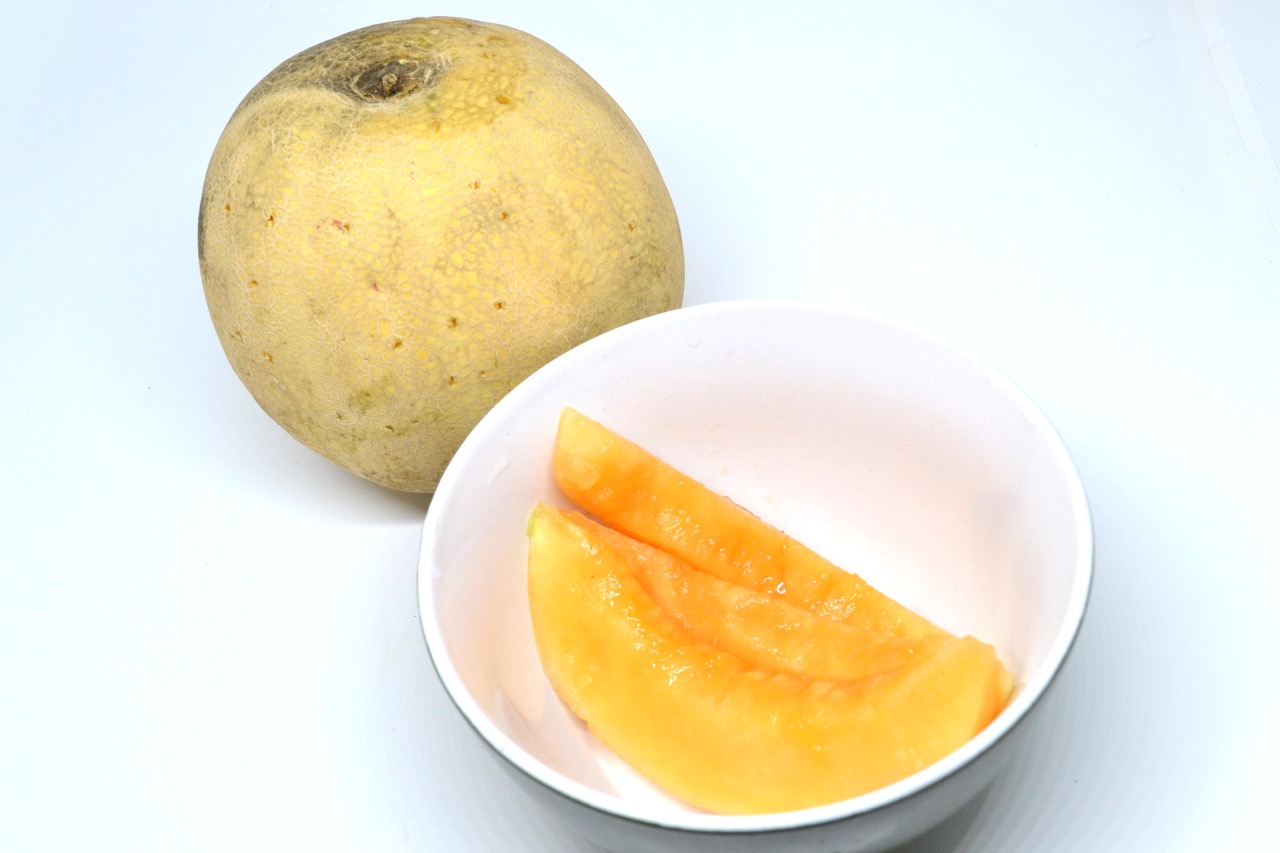



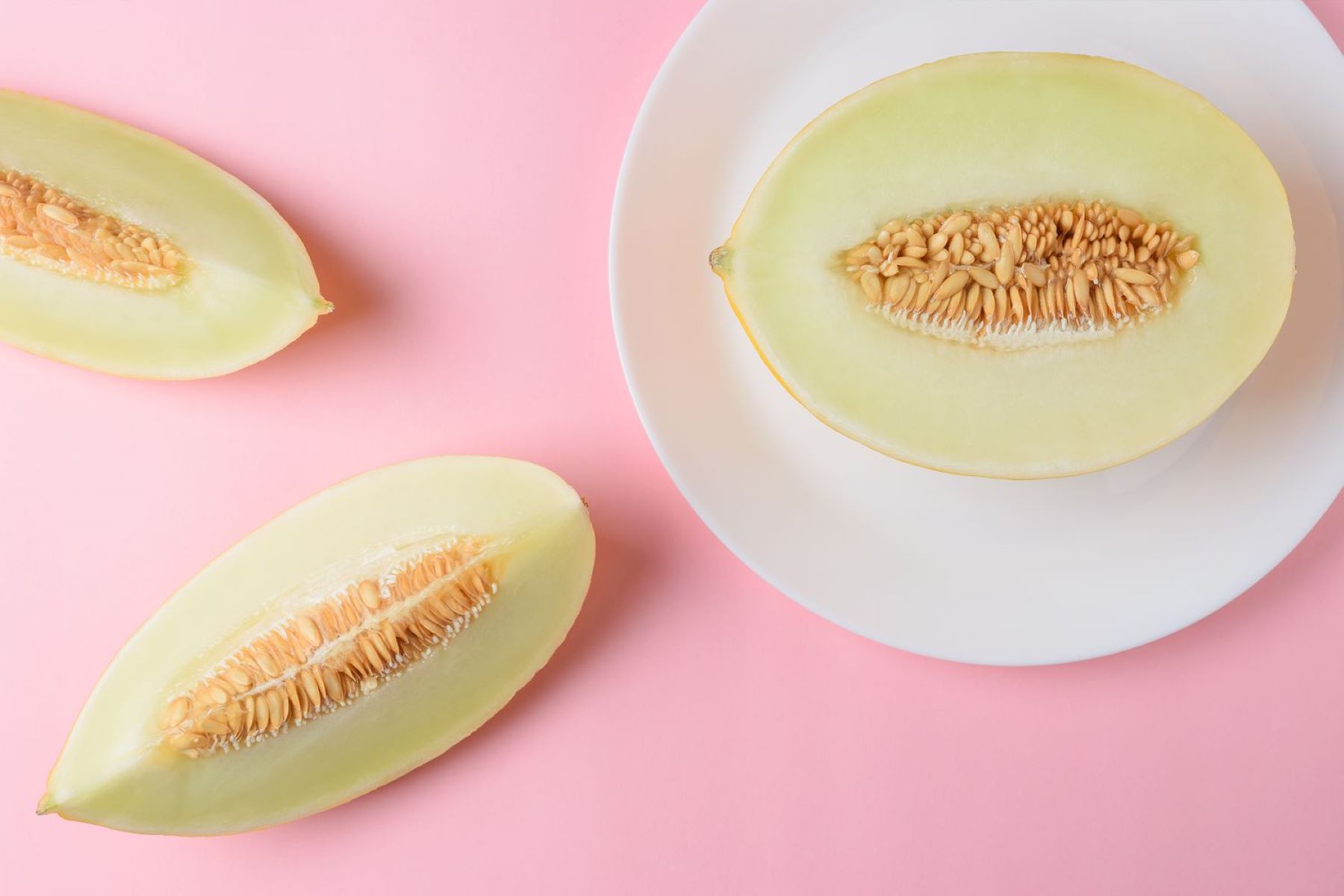
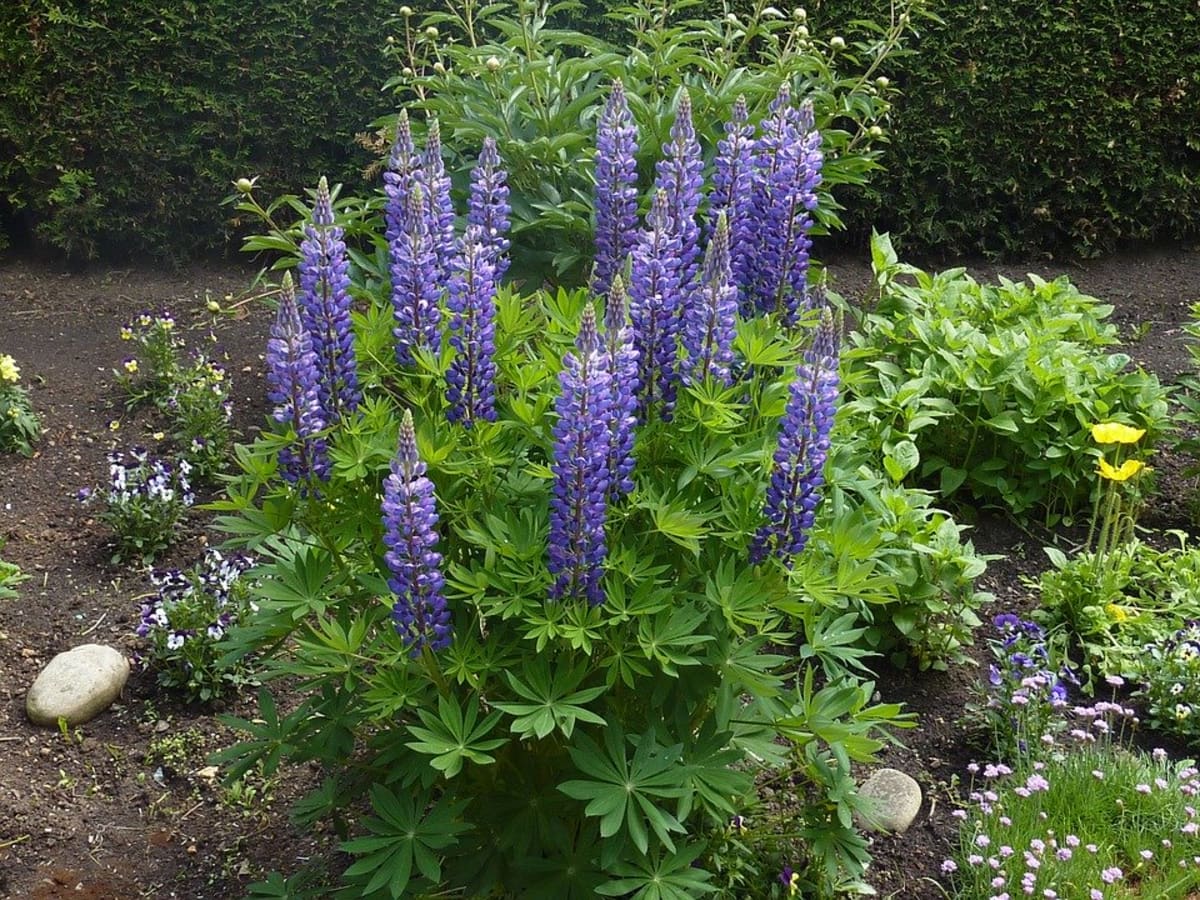
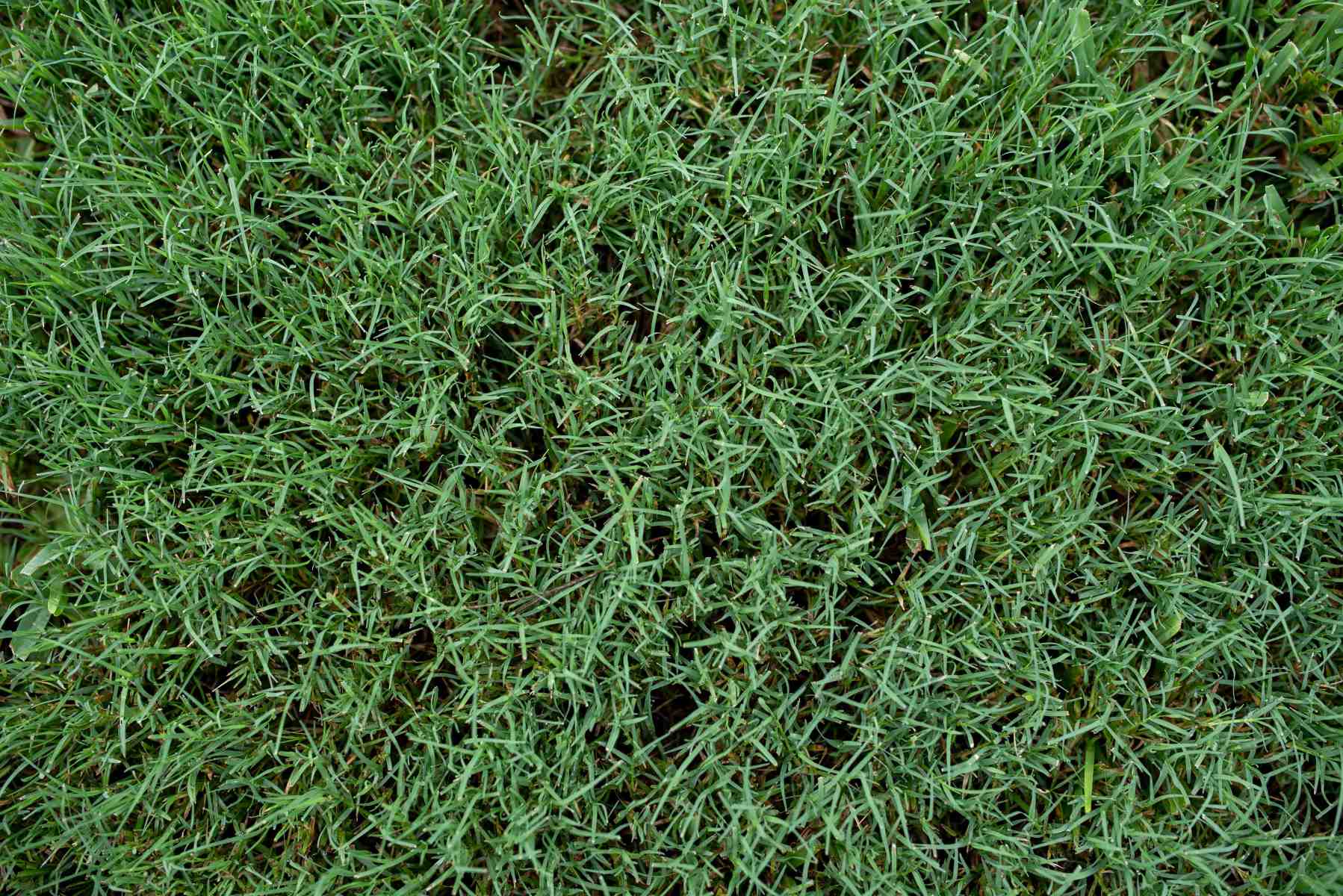
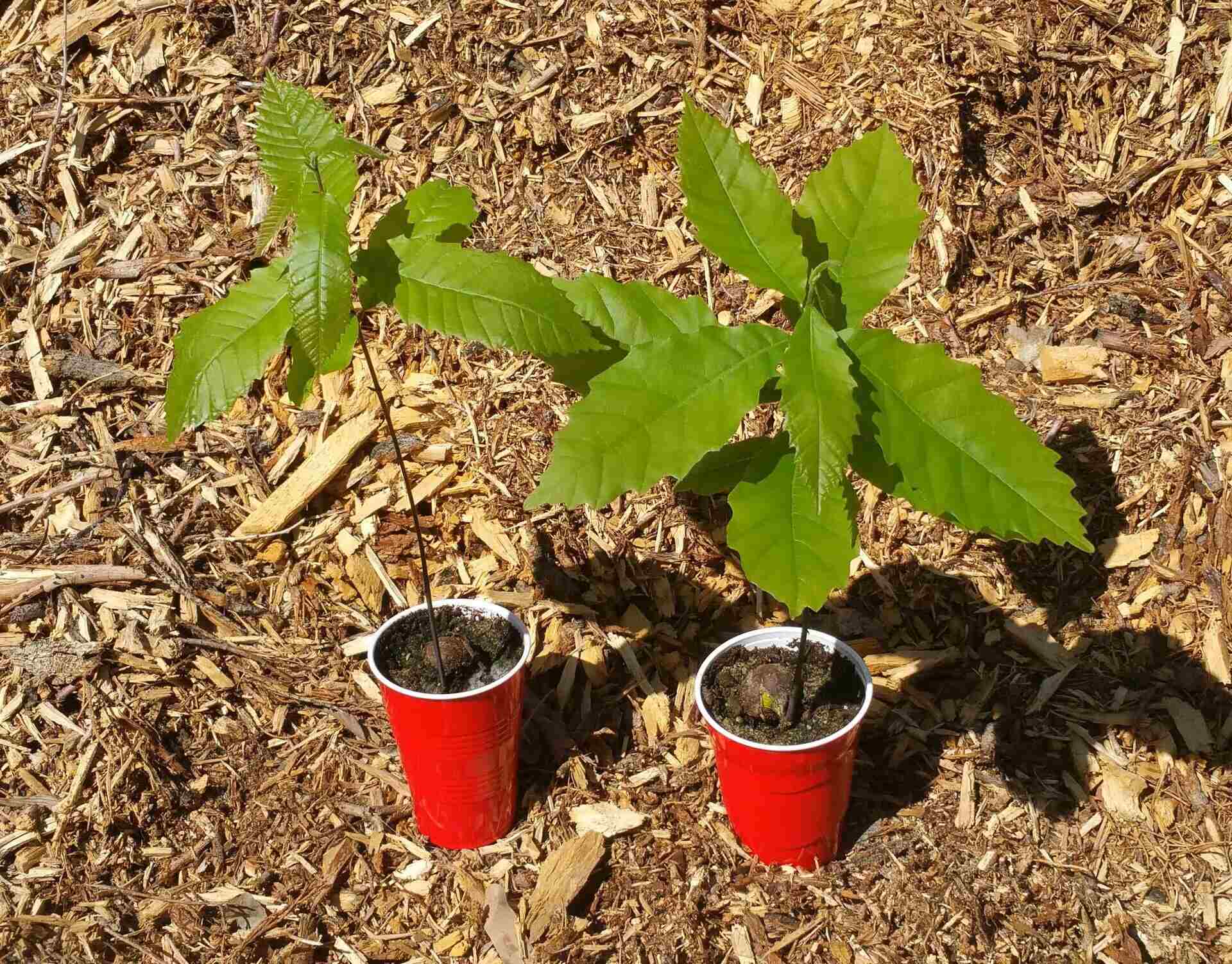
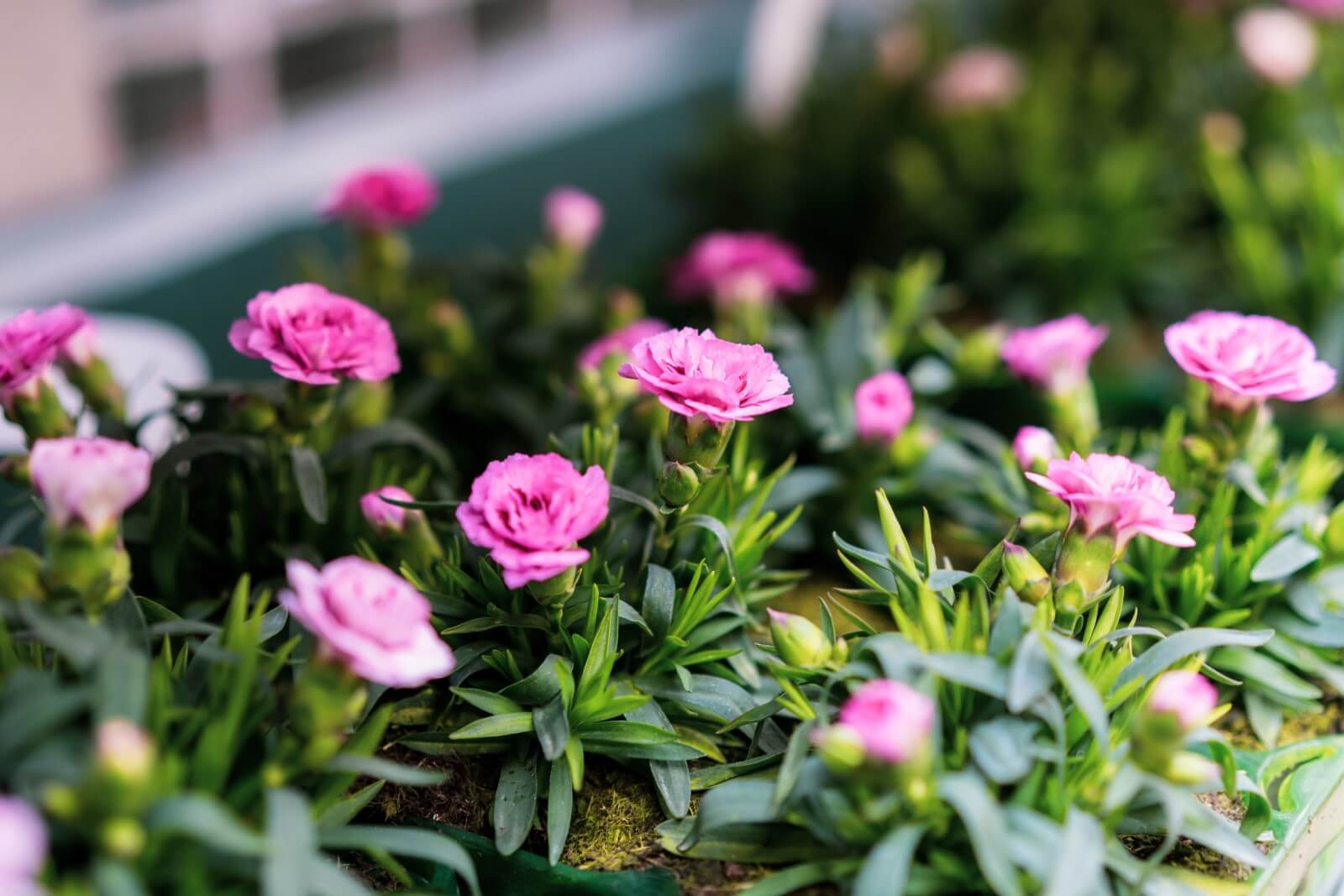
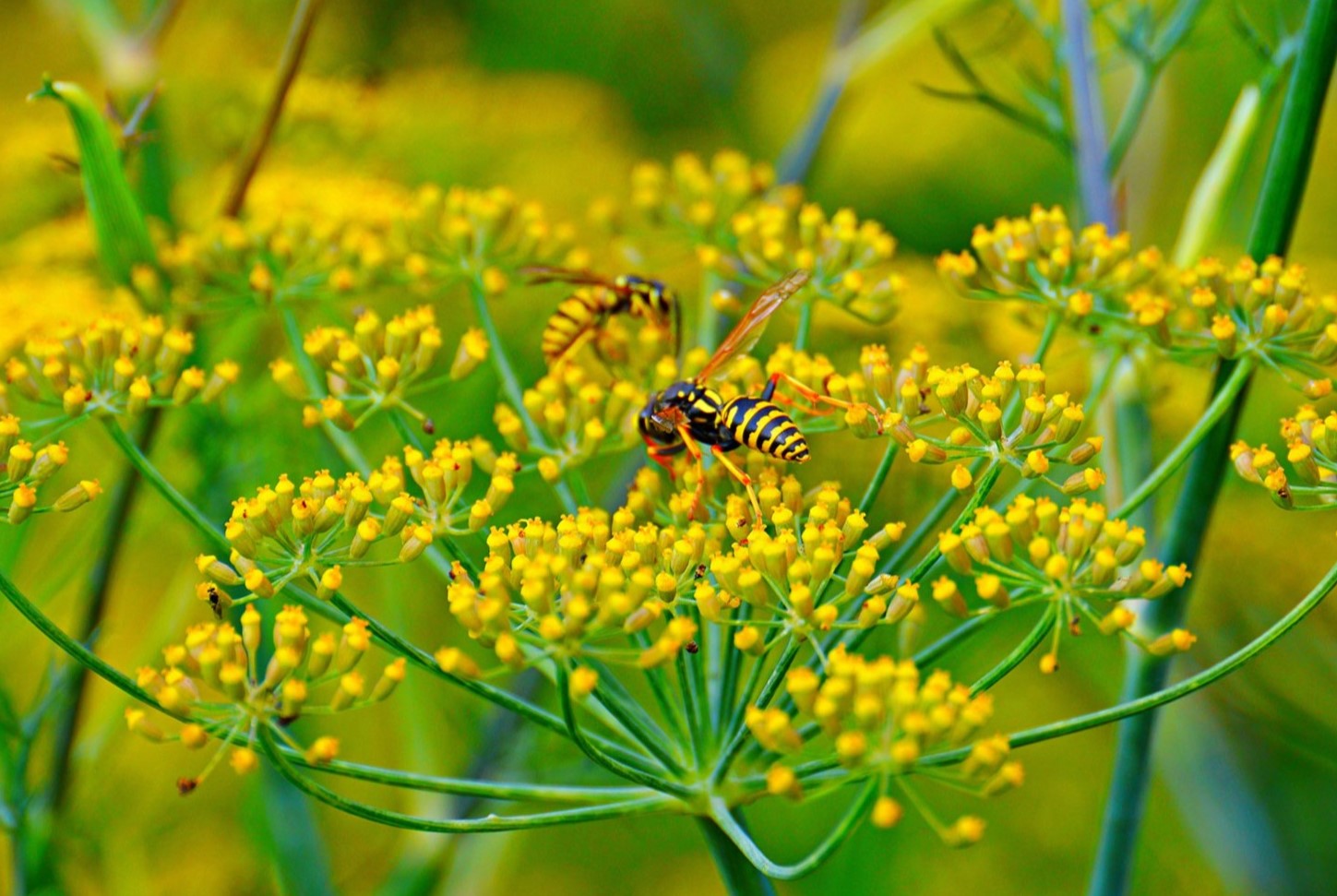

0 thoughts on “How To Plant Bitter Melon Seeds”